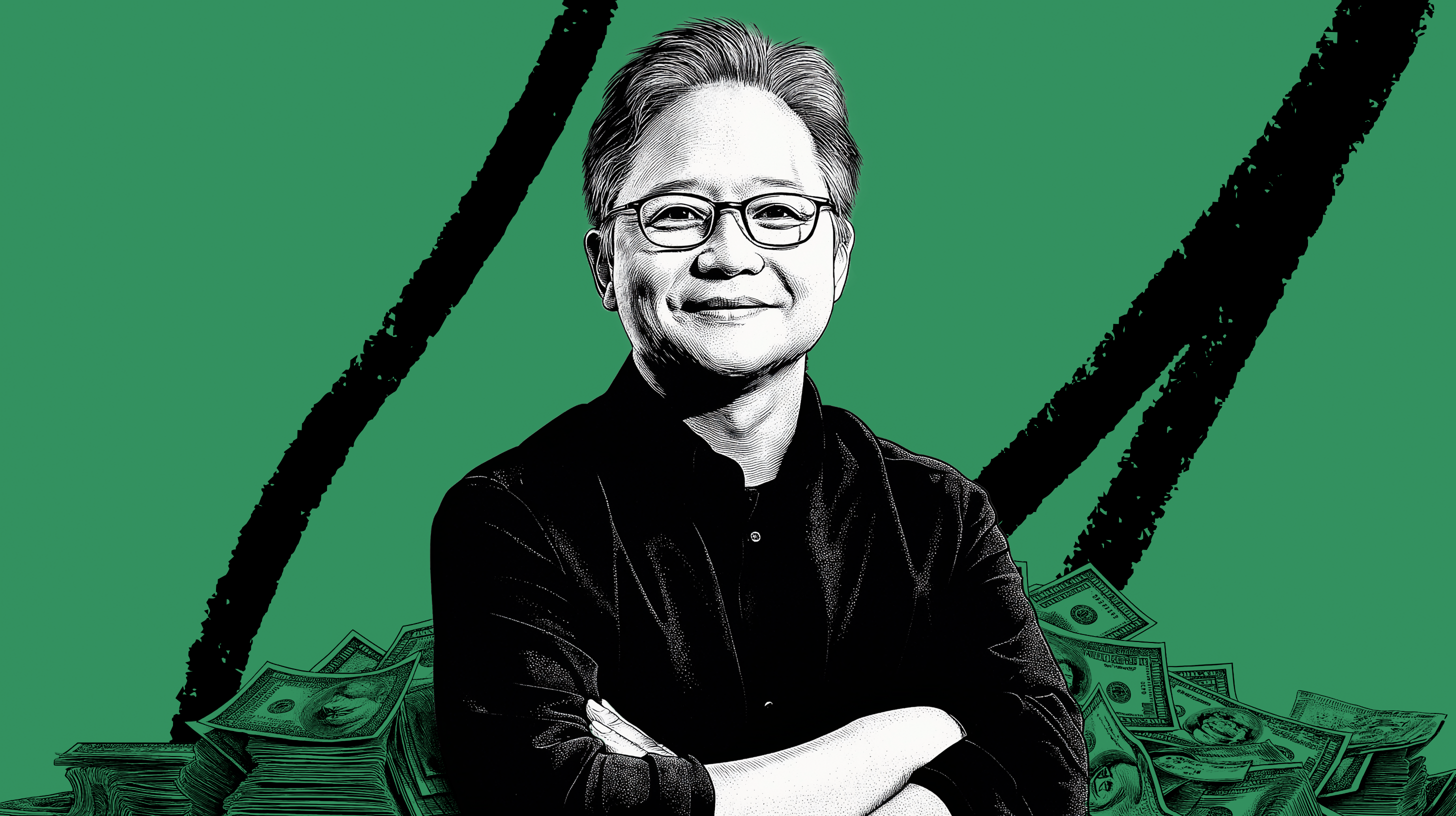
Quick heads up: Today is the last day of the early bird discount for my course, How to Write With AI. The four-week cohort-based class runs from February 13 through March 6 and includes:
- 4 live lectures and hands-on workshops
- A writing group overseen by an Every-trained editor
- Interviews with successful internet writers, including Every CEO and cofounder Dan Shipper
- 30 days of quick writing exercises
- Your own customized LLM prompt for improving your drafts
- A chance to share your writing with Every’s 93,000-plus readers
Over 90 students—including founders, aspiring writers, engineers, and professors—have already taken the course. Check out the website for more information and to enroll. Act quickly: There's a $300 early bird discount, and if you register by January 25, you’ll jump ahead of the nearly 10,000-person waitlist for our new AI email tool Cora:
There are two contradicting yet true things about Nvidia and its CEO, Jensen Huang.
First: Huang’s story is the rousing, full-chested, only-possible-in-America narrative that we all love. His Taiwanese parents sent him to live with his aunt and uncle in the United States as a child. In the hopes of getting him into a good college, they shipped him to a boarding school in Kentucky. His parents didn’t understand that this wasn’t a fancy college prep school but a reform school for troubled children. Still, Huang made it through alongside roommates with knife scars and tattoos. Then, through a combination of his work ethic, technical prowess, long-term thinking, and a generous cash infusion from Sequoia Capital, he spent 30 years building a company whose silicon chips are almost single-handedly powering the AI revolution. Nvidia is now worth $3.45 trillion, and Jensen alone is worth $120 billion.
This is amazing, laudable, and inspiring. It has all the story beats of a good opening segment on 60 Minutes.
Second: This narrative is kind of, sort of, a Texas Longhorn’s first cup of coffee—aka bullshit.
Yes, Jensen is an immigrant. Yes, he is incredibly hard-working and charming. Yes, he created a technology that no one had the guts to dream of despite it being unclear how it would be used in the future. Yes, he built a unique culture of hard work and focus that stands out from the lackadaisical nature of many big companies.
However, Nvidia stumbled upon most of the use cases—including AI training runs and crypto mining—that it’s powering with its technology. It did not invent the transformer, nor did it buy Bitcoin in 2013. Huang saw that his company's chips, originally intended for gaming, could be used for so much more, and then bet the farm on that direction, with no idea of the destination. It was a combination of ambition, patience, and a whole lot of self-made luck.
His story, Nvidia’s story, the AI story today, are all variations on one story—the central fable that defines 50 years of Silicon Valley’s success.
I’ve read dozens, if not over 100, books on the history of successful companies. The most recent was The Nvidia Way: Jensen Huang and the Making of a Tech Giant by Tae Kim. Kim did an exemplary job portraying the central characters, the risks they took, and the multiple near-death experiences this company had. It is an important read because Nvidia is one of the most important companies in history.
However, if you scan enough of these books, they start to blur together into one. Nvidia and Jensen are embodiments of the two crucial components of what has sustained Silicon Valley:
- Messianic cultures
- Long-suffering patience for profits
Make Silicon Valley culty again
I have a friend who has worked at Nvidia for many years and has become a millionaire many times over. When I asked her about what has changed over that time, she replied, “The cars are still in the parking lot till 7 p.m., but they’ve changed from Nissan Altimas to Porsches.” Nvidia is known to have a hard-working culture regardless of its size.
This culture originated at the top. Kim tells the following story, which is so good I couldn’t bring myself to cut a word:
“Employees dread whenever Jensen goes on a rare vacation because he tends to sit in his hotel and write more emails, giving them even more work than usual.
During Nvidia’s early days, Michael Hara and Dan Vivoli tried to stage an intervention. They called Jensen: ‘Dude, what are you doing? You are on vacation.’
Jensen replied, ‘I’m sitting here on the balcony watching my kids playing in the sand and writing emails.’ ‘Go out and play with your kids!’ his subordinates insisted. ‘No, no, no,’ Jensen refused. ‘This is when I can get a lot of work done.’”
I am not arguing that this complete commitment to work is required for outsized outcomes, but I do believe that Nvidia’s hard-driving, fast-paced culture was a key component of its success. In its early years, because of its focus on hard work and speed, the company shipped its chips at twice the speed of its competitors, and the market rewarded it for that. But there are many companies whose employees don’t work at this pace that do great for themselves.
The real lesson is that Nvidia’s culture was well-suited to the market it was attacking. I call this concept culture-market fit. Culture-market fit (CMF) is the intersection of an opportunity in the market with a culture that can execute on said opportunity. CMF occurs when an organization matches with an opportunity, and the organization’s culture enables the right strategies and processes to blossom, allowing it to capture said opportunity. Sometimes that means giving employees lots of freedom (Google), and sometimes that means micro-managing them (Amazon), but however it manifests, the culture cultivated correctly addresses the market opportunity. A company’s culture is a vibe, an ethos, that permeates every slide deck, every product decision, every analysis. When there is no clear right answer (which is always), culture-market fit drives decisions.
Culture-market fit does not mean that the organization is hyper-aligned with customer interests, either. CMF is determined by crafting the internal culture that wins the external market. Sometimes that is aligned with customers, but at others it’s achieved through more…company-oriented decisions. Big banks regularly screw over their customers but are fiscally successful over an extended period. Some companies are motivated by their ethos, some by greed or hubris, but all winners match their culture and incentives to the market they are serving. A market opportunity is where a business can extract the most long-term profits, not necessarily the one that gives customers the goods or services they would most prefer.
After reading all of these books, Kim’s allowed me to better understand why the great-man-theory, founder-pilled-culture of Silicon Valley has been successful. While these people are uniquely empowered to make broad changes and big bets, their most important contribution is that they define the culture—and culture wins markets in the long term.
Good things come to those who suffer
As I’ve argued previously, Silicon Valley’s existence can largely be credited to the homo-asshole, sub-species venture capitalist. You may have mixed feelings about them, but they are surprisingly crucial to the success of America’s technology sector. Silicon Valley has a unique culture of risk-happy, aggressive financing that is constantly hunting for the next great technology. These people aren’t just funding cutting-edge technology—it is technology that will lose money for years and years and years.
This willingness to take losses has permeated Silicon Valley for over 50 years. It is not only the purview of startups anymore, but the biggest and most important companies in the world we incubated in this cultural meta. Meta has lost tens of billions on virtual reality because it thinks that is where the future is. OpenAI made $4 billion in revenue last year and announced a $500 billion data center 22 days after the year’s close. This level of ambition and patience is unprecedented. Losing money for a few years to hold power forever is the strategy that has worked out pretty well.
Huang applied that lesson, too. In 2006, Nvidia was dominating the gaming market with its chips. When he learned that researchers were repurposing their chips to run experiments that involved machine learning algorithms, a light bulb went off in his head. This was the way to take his company, valued at about $20 billion, to an even higher valuation. He started to invest heavily in the Nvidia Compute Unified Device Architecture, or CUDA, a development framework that allows developers to use the computing power of his chips for activities besides making Call of Duty. But two years later, when his largest competitor was acquired by AMD for billions and Nvidia missed earnings, the stock bombed 80 percent. Eighty percent! Can you imagine how that would feel?
Most mortals not residing in Palo Alto’s zip code would wave the flag and refocus their efforts on their existing market. Not Huang. He doubled down on CUDA. Despite the struggle, over a four-year period, according to Kim, Nvidia spent an “astronomical $475 million, or around a third of Nvidia’s total research and development budget for those years…The company invested so much in converting its GPUs for CUDA compatibility that its gross margin, a measure of its profitability, fell from 45.6 percent in the 2008 fiscal year (covering January 2007 to January 2008) to 35.4 percent in the 2010 fiscal year.”
Keep in mind that there was no market for this technology yet. The use of GPUs for purposes outside of gaming were few and far between. Nvidia wasn’t just inventing new technology and making new chips, it had to start a developer community at the same time. It was trying to get anyone, anywhere to use these new chips. I remember a business professor in college in 2011 making fun of Nvidia’s investor day presentations. Huang got on stage and enumerated potential users from investment banks to disease researchers. It wasn’t until machine learning and social media took off that customers started to materialize. The recommendation and image-tagging algorithms at the heart of new apps like Facebook and Instagram performed far better on Nvidia chips and, most importantly, used CUDA. The investment started to pay off. For nearly 10 years the CUDA community grew until it now has over 4 million developers trained on these chips. So when transformer models and ChatGPT emerged in 2022, Nvidia was perfectly positioned.
Optimism pays
The through line between both of these ideals—messianic cultures and long-suffering patience to reach profitability—is the ability to over-invest for a number of years. Silicon Valley has provided two financial buttresses: First, a robust capital market that will invest in private companies for more than 10 years. By remaining private, they can make investments that short-sighted public markets can’t tolerate. Second, once a company is public, super-voting shares such as what Mark Zuckerberg enjoys at Meta incentivizes the company to make bets that most can’t because you can’t fire the founder. That founder dictates the culture and makes hard choices quickly.
Technology innovation is so complicated because the ingredients of a great company are both structural and individualistic. It cannot exist without the structure to support it or the naked individual hubris to will it into being. As a natural skeptic, it pains me to say it, but in technology markets, the optimists become rich.
A few years ago I was in Las Vegas with a friend who was playing blackjack for the first time. He had ten dollars and immediately went all in. Boom, money doubled. All in again? Money doubled again. He continued to play, slightly more conservatively but still aggressively. In just a few minutes, he had an unholy hot hand getting up to about $100. Then he stood up from the table, said thanks, and deposited the money into his bank account. I asked what he was going to do with it. “Put it into the stock market,” he replied.
When a company is in its early phase of life, gathering its first resources, it requires a hot hand and unfathomable amounts of luck. What separates the great founders from those who merely do okay is what they do with that capital afterward. They don’t rest on their laurels; they use that initial success to play a bigger game.
Nvidia won the game chip market after many years of suffering. The company has also won the machine learning market through CUDA, similarly gained through many years of suffering. Now it’s set its sights even bigger, investing in building robotics and proprietary transformer models, and making acquisitions with the goal of selling entire data centers, not just the chips within them. In some ways the book is poorly timed. If Huang has his way, the previous 30 years will look like a footnote.
Evan Armstrong is the lead writer for Every, where he writes the Napkin Math column. You can follow him on X at @itsurboyevan and on LinkedIn, and Every on X at @every and on LinkedIn.
We also build AI tools for readers like you. Automate repeat writing with Spiral. Organize files automatically with Sparkle. Write something great with Lex. Deliver yourself from email with Cora.
Get paid for sharing Every with your friends. Join our referral program.
The Only Subscription
You Need to
Stay at the
Edge of AI
The essential toolkit for those shaping the future
"This might be the best value you
can get from an AI subscription."
- Jay S.
Join 100,000+ leaders, builders, and innovators

Email address
Already have an account? Sign in
What is included in a subscription?
Daily insights from AI pioneers + early access to powerful AI tools
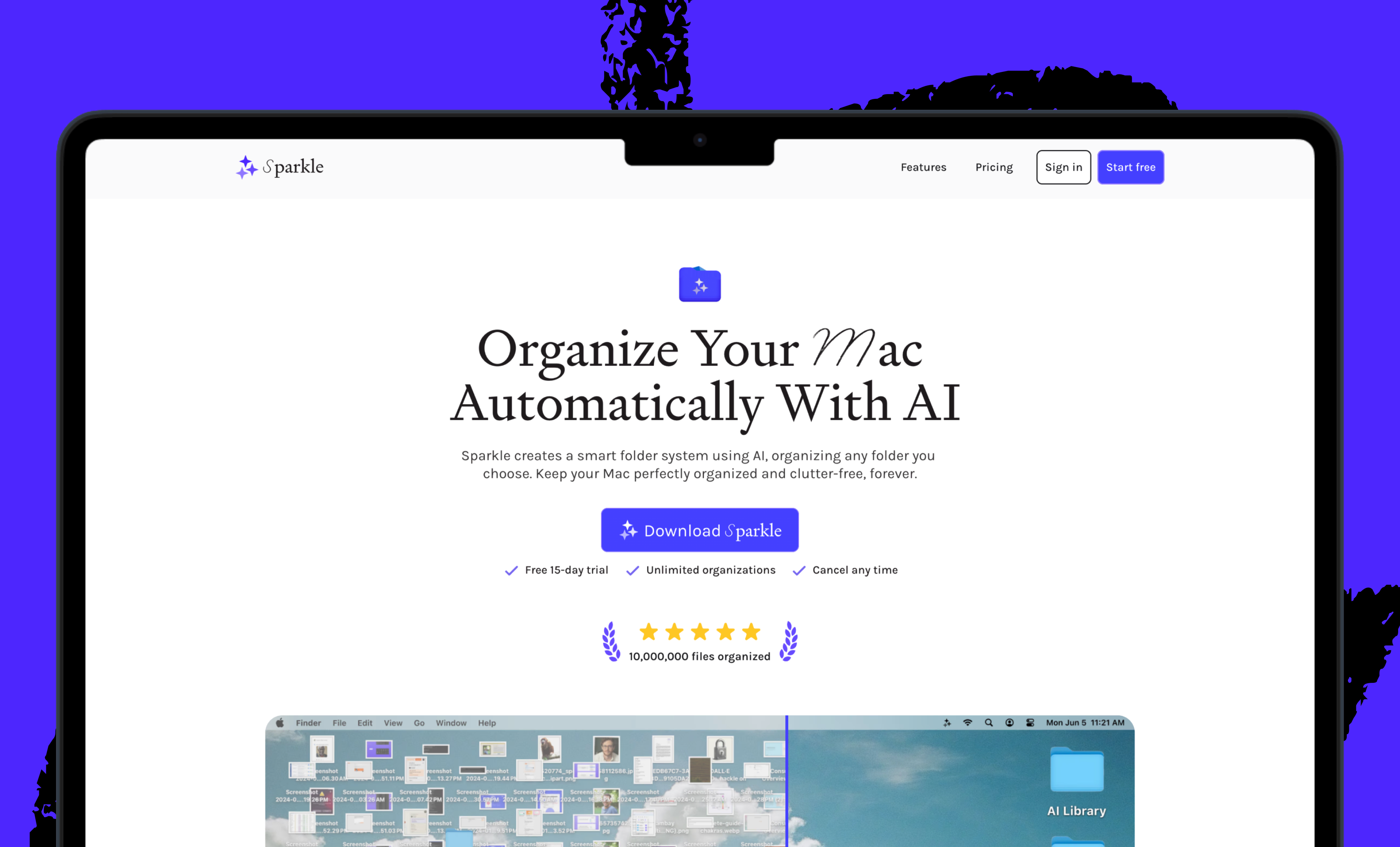

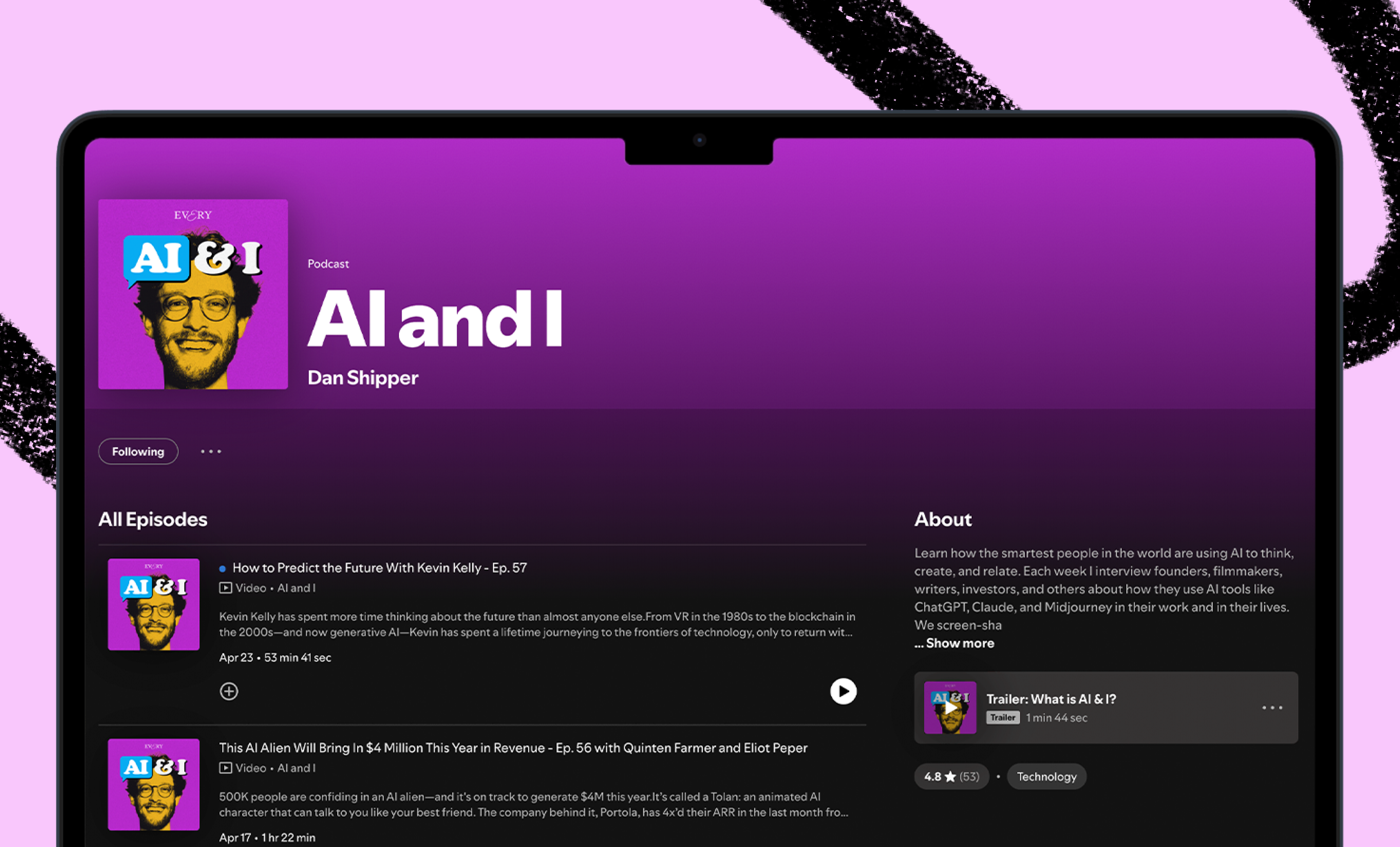
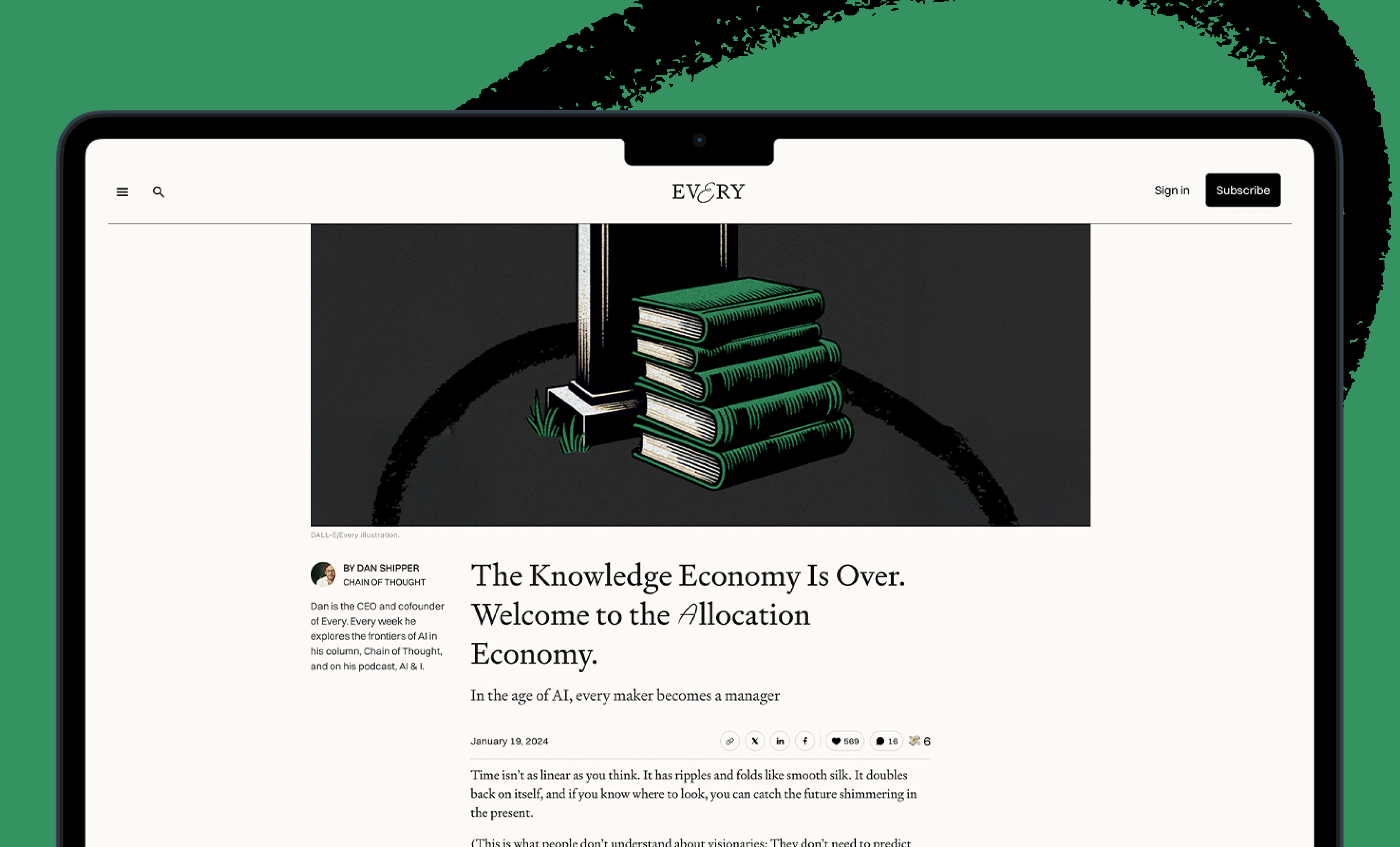



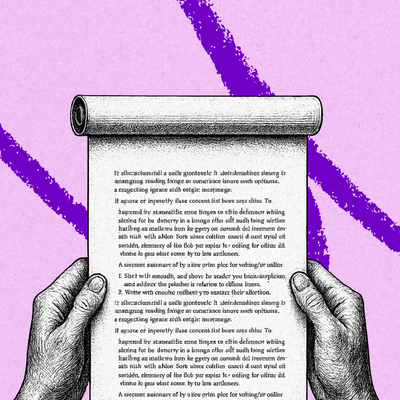

Comments
Don't have an account? Sign up!